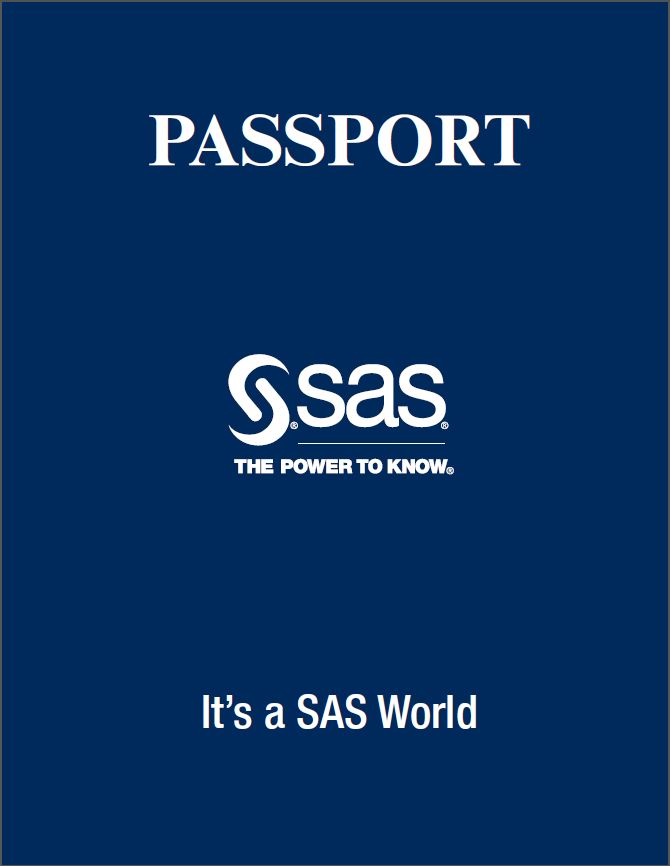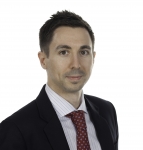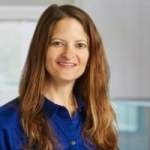All Posts
SAS Global Forum 2012 at Orlando, Florida is just round the corner and we are excited to see so many presentations offered by users on SG procedures and GTL. We'll add a few more on new SAS 9.3 features of SG procedures and GTL. These include cluster groups for discrete and interval axes, cluster

Amidst all of the SAS users and SAS professionals there will also be others who are very excited to be at the conference - analytics and technology bloggers (scads of them!). One of those bloggers, with whom I will finally get to make a face-to-face connection at SAS Global Forum,

Hi, I'm Andrea Wainwright-Zimmerman. I'm doing two papers at SAS Global Forum 2012: one in Reporting and Information Visualization and one in Coder's Corner. In Coder's Corner, I've got a simple trick using a DATA Step and a PROC SORT to achieve the same thing as a PROC SORT NODUPKEY, but I let

An event is fast approaching that is the highlight of the year for many members of the SAS community. I am, of course, referring to SAS Global Forum 2012, which this year will be hosted in the Walt Disney World Swan and Dolphin Resort in Orlando, Florida. I am particularly
For me, this will be a SAS Global Forum of many "firsts". My first Closing Session. My first time attending as a staffer outside of SAS R&D (well, except for the chilly SUGI 21 in Chicago). And my first chance to host the SAS Tech Talk sessions, which will be

Inside SAS Global Forum host Anna Brown gets the inside scoop on all the new activities at SAS Global Forum 2012.

Hi. I'm Amy Peters, Product Manager at SAS. I've scheduled a meetup at this year's SAS Global Forum to talk with you about WebDMS (in Northern Hemisphere E-2 at the Dolphin). It's under development - the basic version is due to be released this summer on SAS® 9.3 for use by SAS OnDemand for Academics for

Have you ever selected File->Schedule Project or Schedule->Process Flow in SAS Enterprise Guide? Are you curious about what magic these actions will trigger? Here's what happens: SAS Enterprise Guide creates a VBScript program that contains the instructions to start SAS Enterprise Guide, load your project, run your project or flow,

Who's gearing up for SAS Global Forum? I am! I am! (waving my hand enthusiastically.) I'm excited about this conference because that's when I get to meet so many potential authors. Folks come by with ideas they've had percolating for years (or sometimes weeks, days or hours ... the length

Many of us will travel domestically to SAS Global Forum, but some will travel across the border. Regardless of where you are traveling from, everyone who attends will have an opportunity to get a stamped passport at the conference. This year we are bringing a SAS Passport Program - It’s

PROC STP is a new procedure for SAS 9.3 Stored Processes. It's so new and different that I have not had the opportunity to use it yet in a customer engagement. When writing about it for the now released "The 50 Keys to Learning SAS Stored Processes" book, I had
Recently, a user asked about creating a Bar Chart of Value by Date, where the dates are displayed on a scaled interval axis. Consider this simulated data set of value by date and treatment shown below. This data set only has one value for each date and treatment combination. We can use the VBAR statement

You could easily become overwhelmed by the number of presentations available at SAS Global Forum. But the savvy SAS Global Forum attendee knows how to select the most suitable sessions in a snap. How?
ODS Graphics have matured. With SAS 9.2, GTL and SG procedures were a new direction for creating analytical graphs in SAS. The motivation and design of the GTL framework and the SG procedures was driven primarily by the needs of the procedure writers within SAS to enable the automatic creation

Watch live streaming video from sasglobalforum2012 at livestream.com I have 8 days before I board my plane for Orlando; 9 days until SAS Global Forum officially kicks off with Opening Session; 10 days before the first official mixer with all of my SAS friends; 11 days before the Kickback party,









